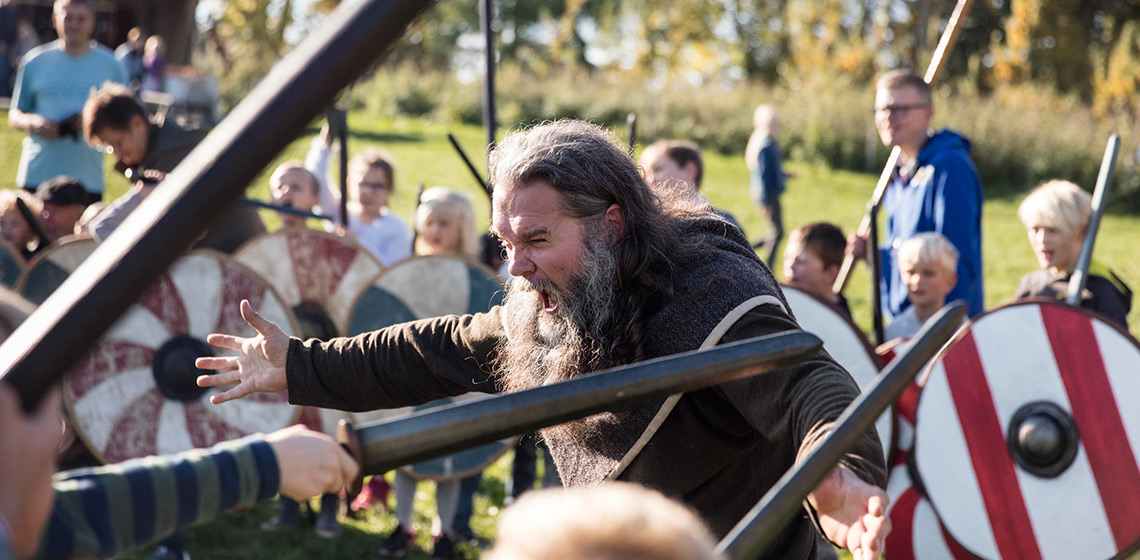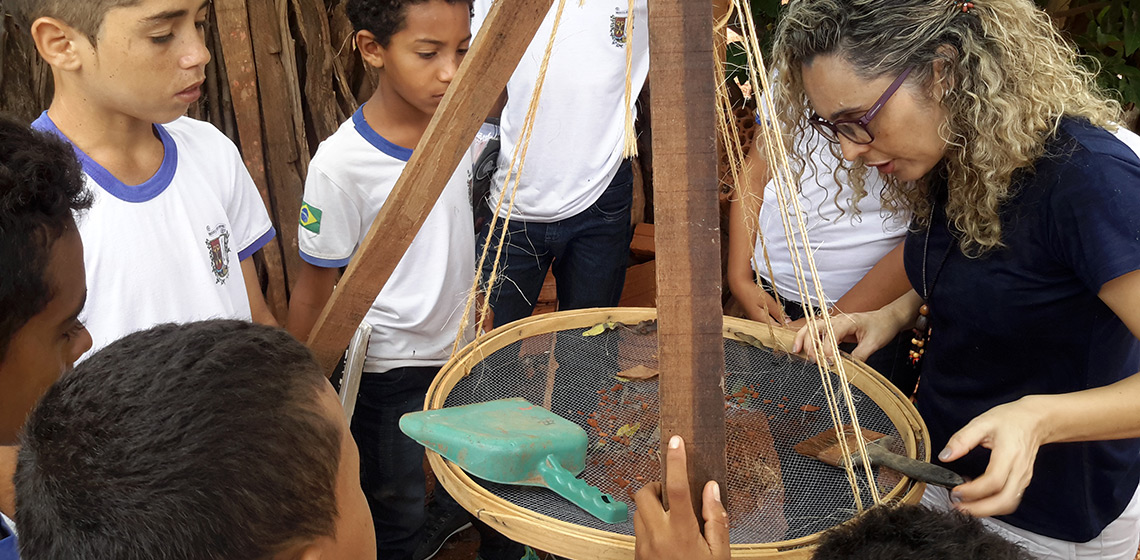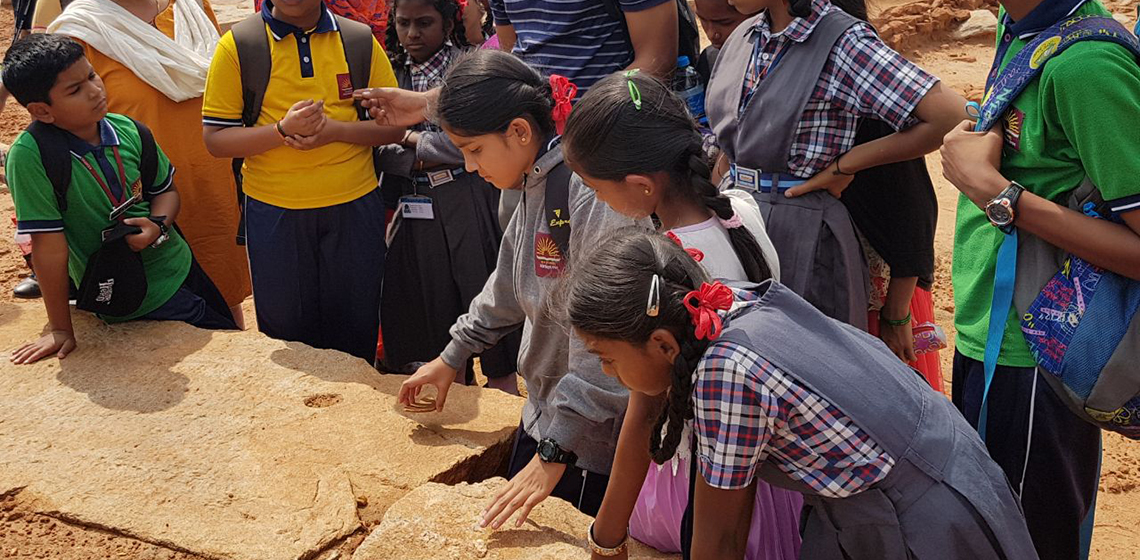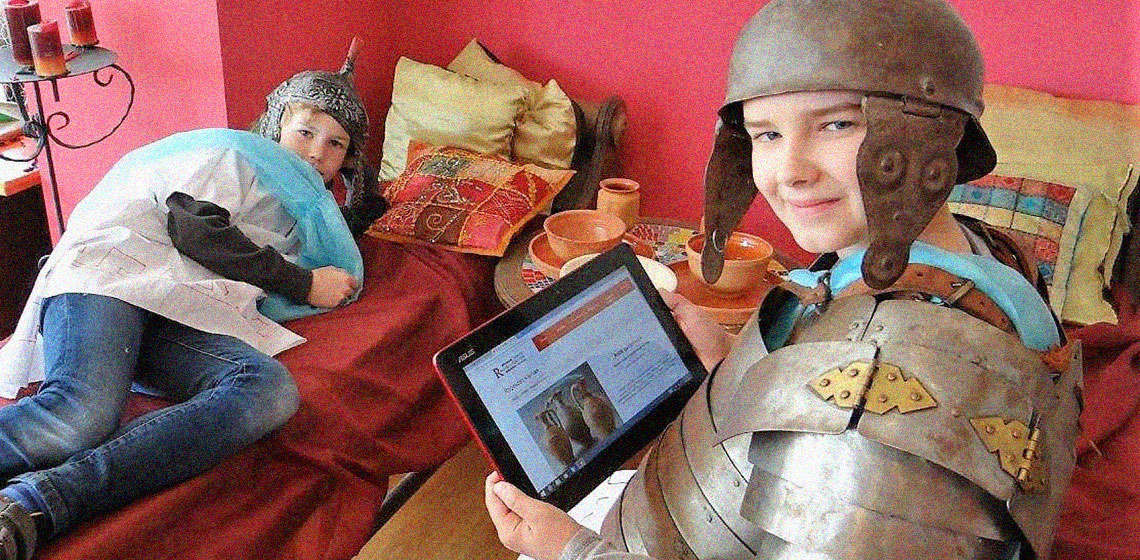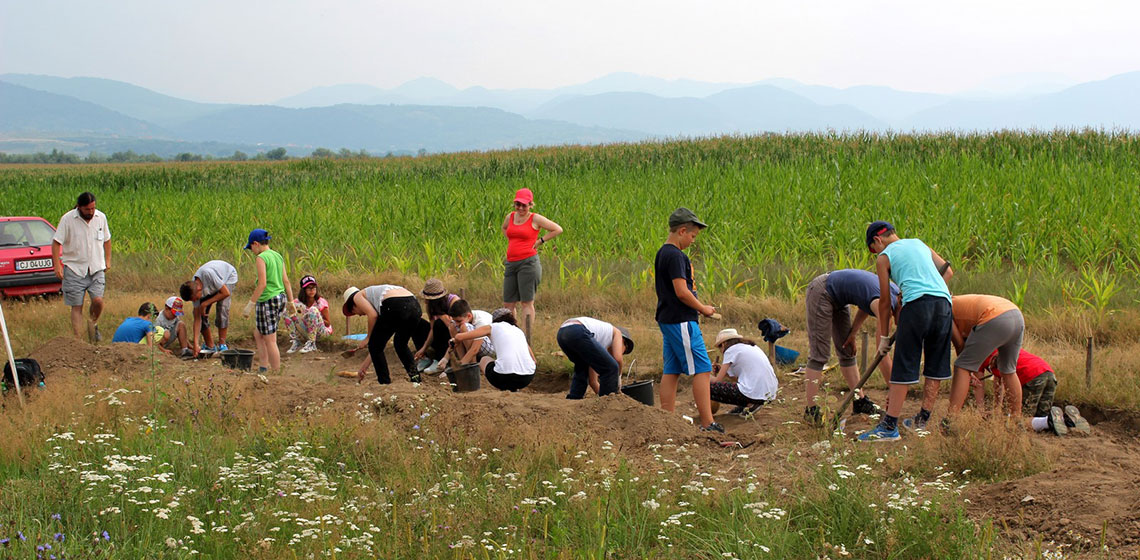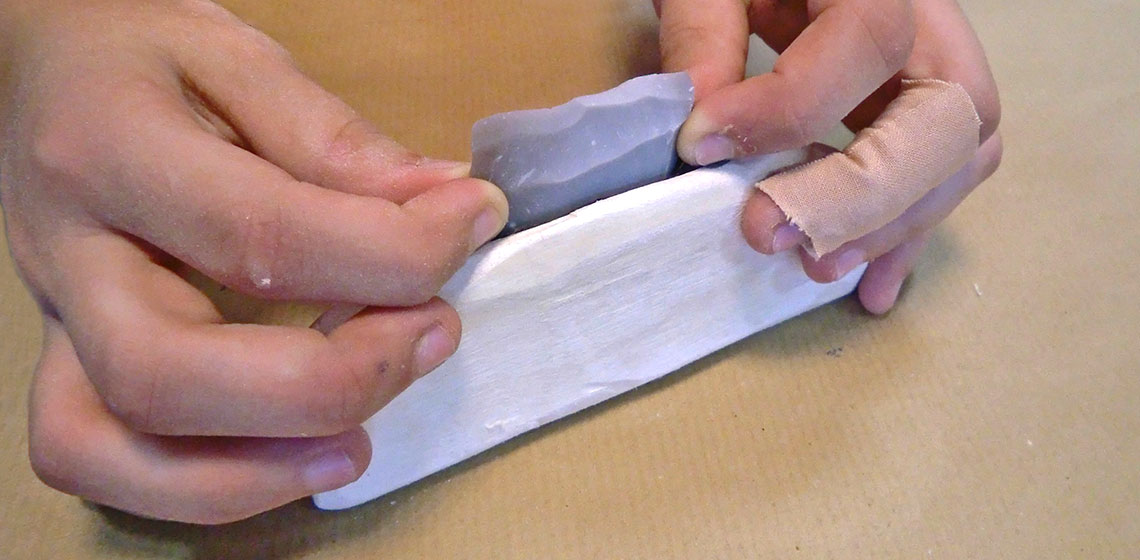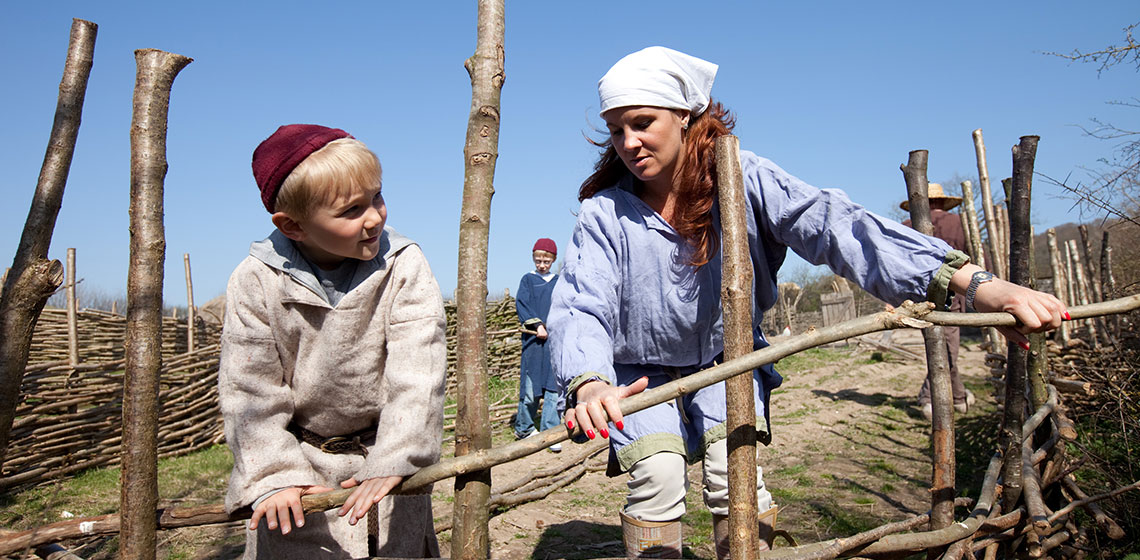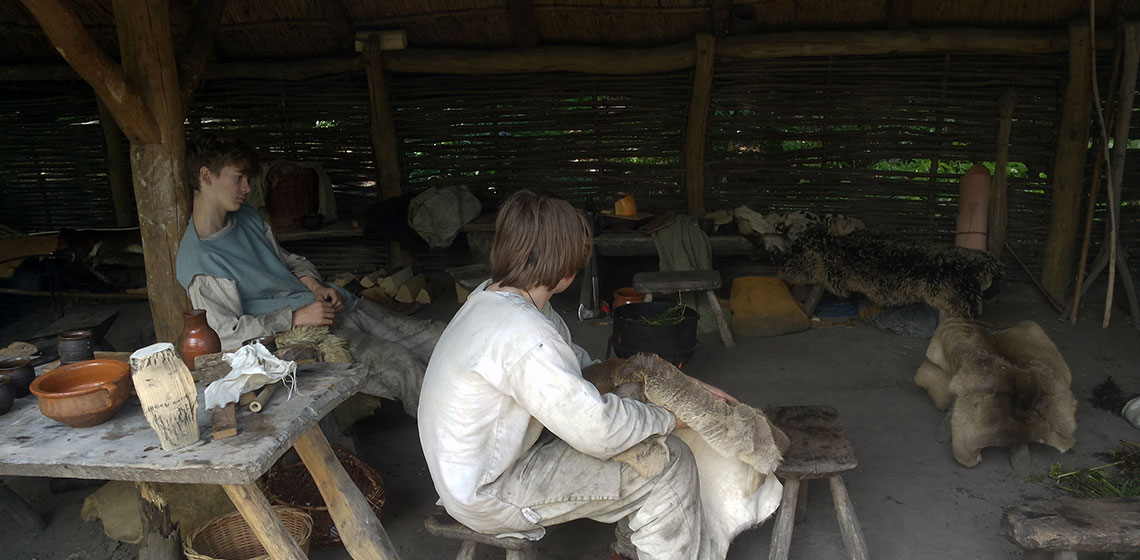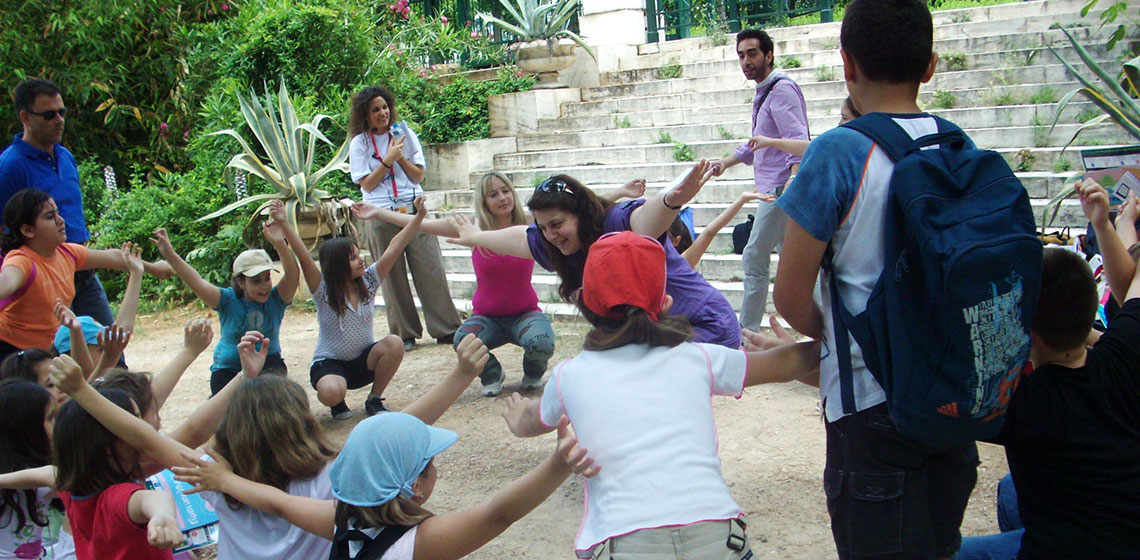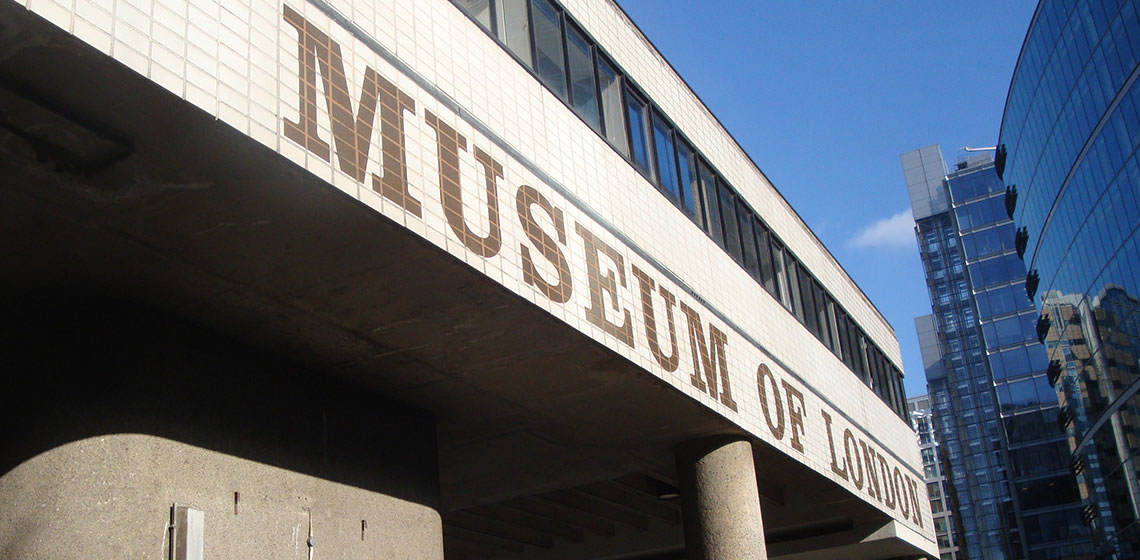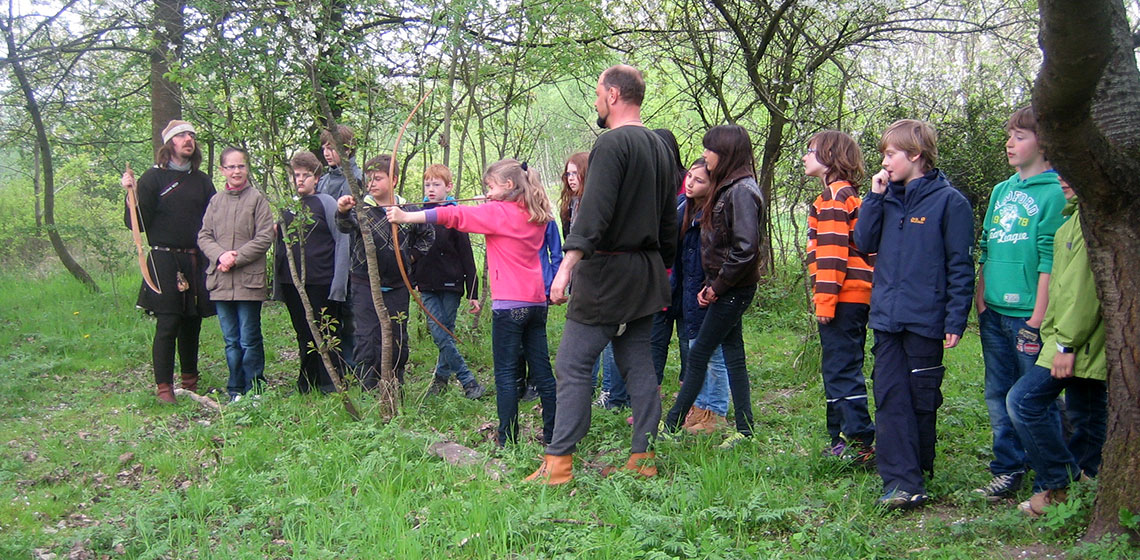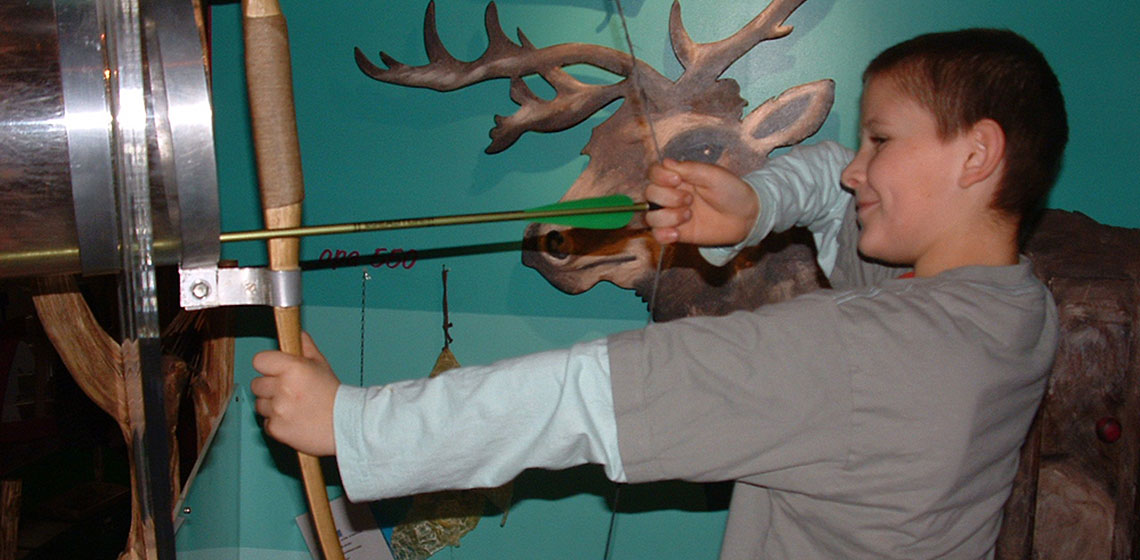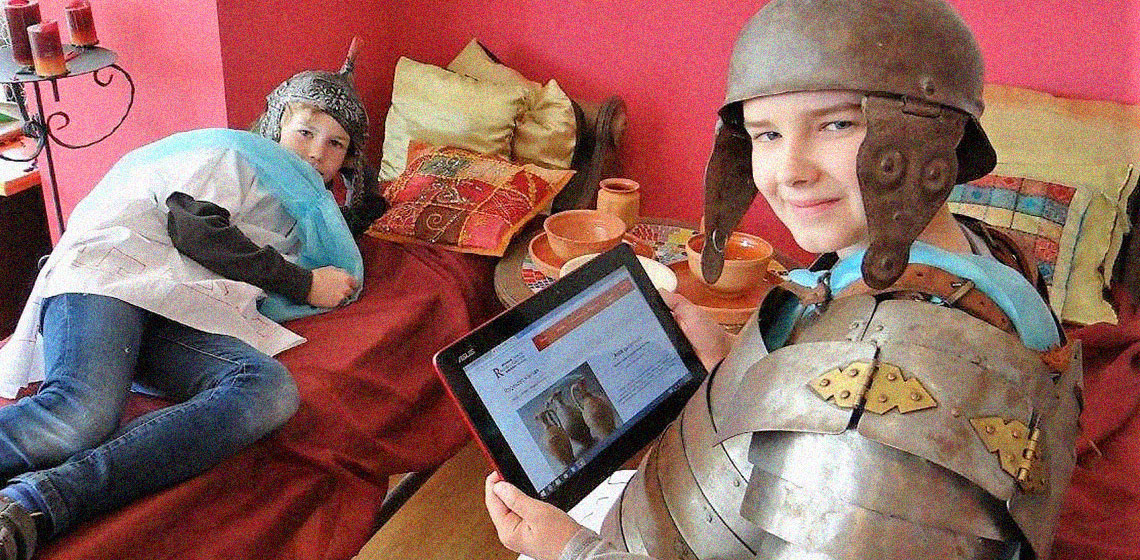
Teaching school children is one of the prime reasons why we have archaeological open-air museums. Many education centres only serve school groups, and are not even open to day visitors. Examples can be found in Denmark, the Netherlands, Italy and Spain. At these centres and open-air museums, a kind of informal learning makes children learn much more than just book-knowledge. They learn that situations can be approached in different ways and there are different ‘correct’ solutions. Informal learning is a welcome addition to school life and reaches more than just the mainstream of each class.

